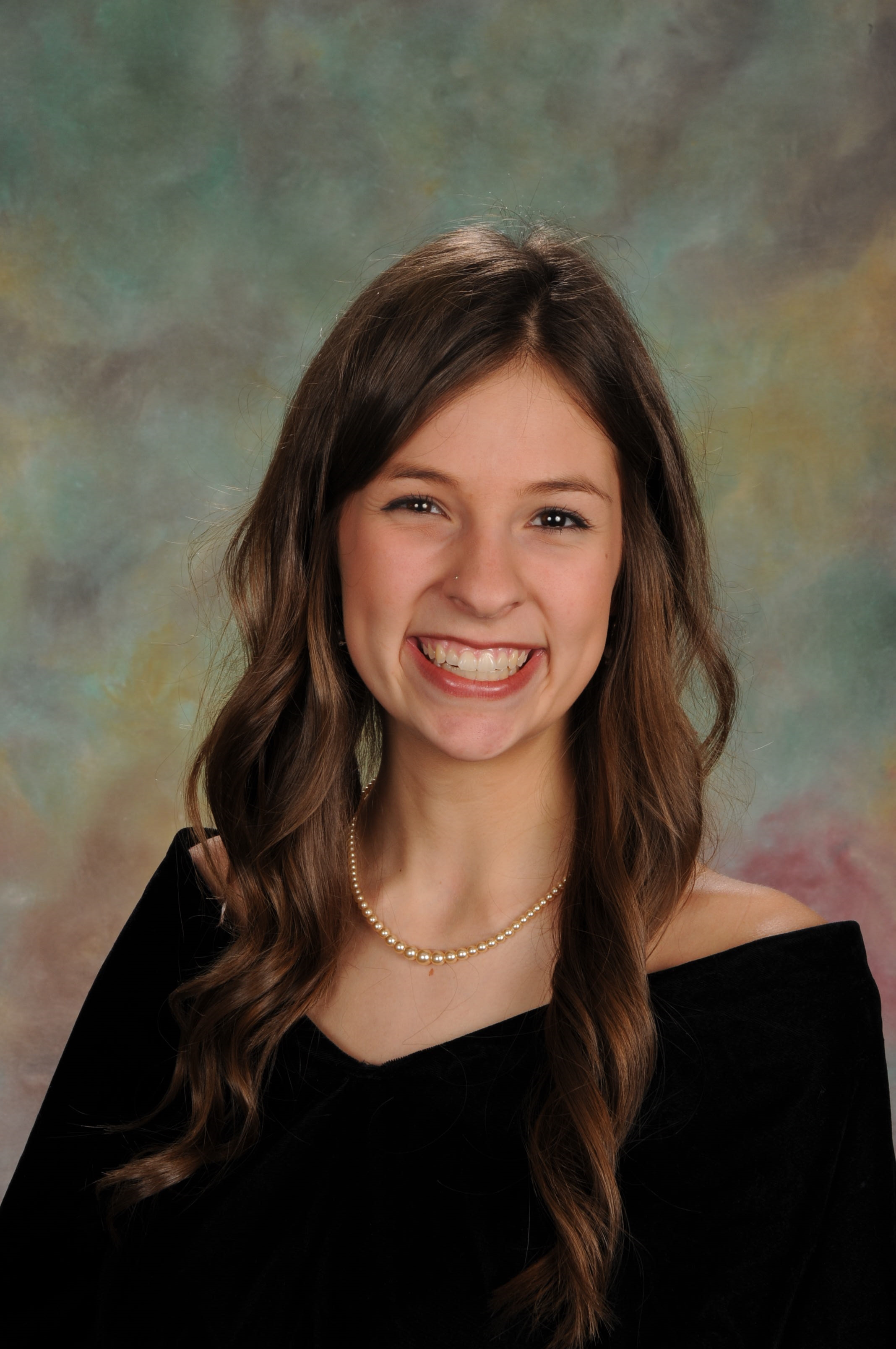Celebration of Scholars
Cross-modal Attentional Entrainment: Insights from Magicians
 Name:
Amanda Ehlert
Name:
Amanda Ehlert
Major: Chemistry, Neuroscience and Psychology
Hometown: Mt. Prospect, IL
Faculty Sponsor: Anthony Barnhart
Other Sponsors:
Type of research: SURE
Funding: SURE
Abstract
Recently, performance magic has become a source of insights into the processes underlying awareness. Magicians have highlighted a set of variables that can create moments of visual attentional suppression, which they call “off-beats.” One of these variables is akin to the phenomenon psychologists know as attentional entrainment. The current experiments explore the extent to which entrainment can occur across sensory modalities, as it is frequently employed by magicians. Across two experiments using a difficult dot probe detection task, we find that the mere presence of an auditory rhythm can bias when visual attention is deployed, speeding responses to stimuli appearing in phase with the rhythm. However, the extent of this cross-modal influence is moderated by factors such as the speed of the entrainers and whether their frequency is increasing or decreasing. The results of these experiments necessitate revision of dominant models of temporal attention.
Submit date: March 18, 2018, 5:55 p.m.
